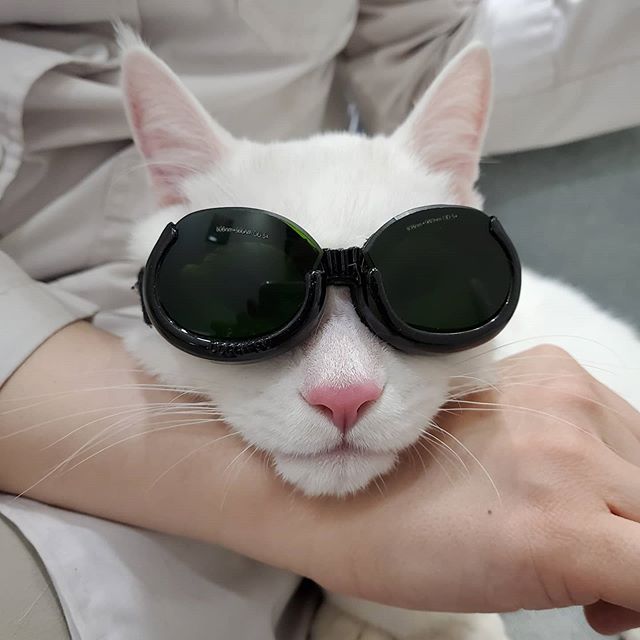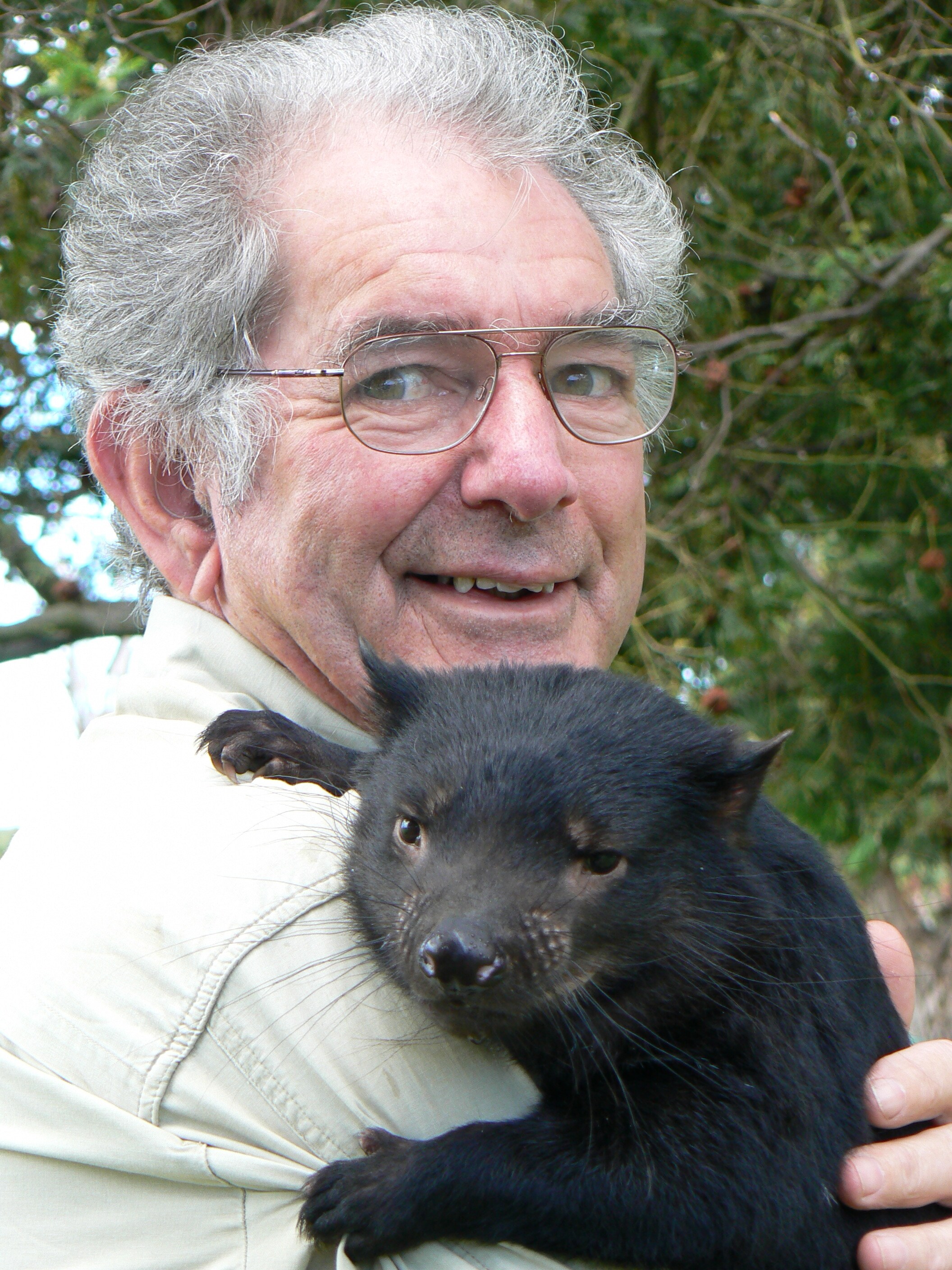Lisa Miller recently spent time in Australia speaking with veterinarians about the benefits of Photobiomodulation (PBMT), or Laser Therapy. Miller, who is the Vice President of Clinical Veterinary Medicine of Companion Animal Health, a division of Enovis (formerly DJO Global), has been working with laser therapy since 2006 and is considered an expert in the field. She has produced numerous articles on laser therapy for veterinary related publications, authored a chapter in Wiley Blackwell Publications’ textbook Laser Therapy in Veterinary Medicine, and has also assisted several universities with study design for research into laser therapy.
After graduating from the University of Tennessee in 2003, Miller began her veterinary career in general practice but soon went on to complete an internship in internal medicine at a specialty referral hospital. “While I was at the referral hospital, I was also involved in the dog show community, and I knew a lot of people who had animals competing in agility and lure coursing, so I became interested in rehabilitation and sports medicine,” Miller said. “At that point rehabilitation and physiotherapy for veterinary medicine was still early in its availability in the US, so I went and became certified in canine rehabilitation therapy through the Canine Rehabilitation Institute in Florida and fell in love with that aspect of veterinary medicine.” She then worked in rehabilitative and general veterinary practice for many years.
Miller had never planned to leave clinical practice but accepted the role of Veterinary Medical Director at Companion Animal Health because it enabled her to combine several career interests. “It was an opportunity for me to get back involved with rehabilitation, sports medicine and physiotherapy, which l loved, but also to embrace a love of teaching – because I love teaching and sharing information with colleagues and getting excited about new things.”
Although she was already familiar with laser therapy from her clinical work, Miller’s role at Companion Animal Health provided her with the chance to build the company’s educational and clinical support programs related to photobiomodulation and its applications in veterinary practice. Significantly, as general veterinary practices began adopting laser technology, the versatility of the modality became clear. “Laser therapy is used to treat a lot of different things, not just orthopaedic conditions,” Miller said. “Veterinarians started using PBMT to treat everything involving inflammation and pain, and that drove the adoption of the technology because people were seeing clinical success treating a whole bunch of different things.”
Miller is keen to share the benefits of PBMT with veterinarians in Australia. “Laser therapy can basically be used as an adjunct to safely treat any condition ending in ‘-itis’, as long as we can deliver a clinically appropriate dose of light to the intended tissues,” she explained. “The great thing about coming to Australia was being able to share the success stories and present the explosion of evidence and literature around photobiomodulation and laser therapy with our colleagues there.”
Specifically, PBMT is used to promote tissue repair, decrease inflammation, and provide pain relief via photochemical (as opposed to thermal) means. Operating at a cellular level, the laser targets cytochrome C within the mitochondria. “Laser therapy allows us to displace the nitric oxide that is competitively binding to cyctochrome C in the mitochondrial membrane,” Miller said. “The mitochondria have produced nitric oxide because they are stressed, either from aging, illness or disease, and once you free up the binding site, then oxygen can come back in and do its normal job.” Benefits resulting from laser treatment include improved vascular activity and nervous function, reduced scar formation and inflammation, and faster wound healing.
“We’re not creating supercells – I tell people we’re not creating ‘Captain America’ cells,” Miller explained. “We’re just making them function like they should have been, optimising their functionality to allow healing. We are recruiting blood supply to the area and encouraging collagen deposition, as well as upregulation of certain cytokines and growth factors while modulating others that are pro-inflammatory.” Significantly, since PBMT provides such benefits in a non-invasive way, it can be used to treat a wide range of acute and chronic conditions[i].
Miller points out there are far fewer clinical circumstances which would contraindicate the use of PBMT now than there were when the modality was first introduced nearly 20 years ago. “At that time, out of prudence, there was a long list of contraindications – such as never using laser therapy over open growth plates, or the reproductive organs or the thyroid gland,” Miller said. “But in the past several years, almost all those contraindications have become ‘special considerations’ because we now have more research to support the safe use or benefits of laser therapy for a number of these conditions, when used in an appropriate manner. As always, we recommend checking the literature or with your laser manufacturer’s clinical team prior to starting treatment.”
One obvious contraindication of PBMT is that it cannot be used to treat eye conditions. Rather, animals experiencing laser treatment should have their eyes covered or wear protective eyewear during treatment, known in the industry as ‘doggles’. Despite having to wear ‘doggles’, however, most animals – including cats and horses, not just dogs – appear to be fans of laser treatment and find the modality relaxing. “The animals love it!” Miller said. “They’ll fall asleep a lot of times; they’ll drool, or cats will sometimes knead the blanket under them. They should feel a soothing warmth that feels very nice.”
Even though its use must be prescribed by veterinarians, who have the knowledge and clinical experience to know which conditions could benefit from PBMT, another benefit of laser therapy is that the treatment itself can be administered by veterinary nurses. “Laser therapy is very appealing from a business perspective because it’s a service veterinarians can provide to their patients that is nurse driven and nurse administered,” Miller said. “Our nurses can be doing the treatments while we are doing other things: looking at other patients, diagnosing, treating, performing surgeries, whatever else needs to be done.” Significantly, pet owners can also be present during treatment (also wearing protective eyewear), so they can observe the effects of the therapy firsthand and see that their pets relax and even enjoy it.
For Miller, one specific case stands out as an example of how beneficial photobiomodulation can be for animals. Rio, a 26-year-old American quarter horse, was suffering from severe bursitis and osteoarthritis of the elbow, which was drastically impacting his ability to walk. Rio’s owner had persisted with multiple treatments, including steroid and hyaluronic acid injections, non-steroidal anti-inflammatories, provision of joint supplement in the horse’s feed and chiropractic adjustments. All treatments had been tried over a period of 8-12 weeks and Rio showed no signs of improvement. As a last resort, Rio’s owner elected to try laser therapy prior to euthanasia, as Rio was extremely lame and in obvious pain.
Laser treatment on Rio began with daily sessions because he was experiencing a significant amount of pain, and he showed signs of improved mobility from the first session. After four days, Rio was comfortable enough to walk around the pasture again and treatments were weaned to twice weekly. Within weeks, Rio was moving freely and able to trot, then canter. As he regained his range of movement and mobility in the affected joints, Rio received laser therapy every 4-6 weeks on an ‘as needed’ basis. He lived out the rest of his life happily and passed away naturally at 30 years of age.
“It was an incredible success story, and I love to talk about Rio’s case because it reminds me of those situations where you think: I don’t know how this is going to work, but I’m going to be brave and try,” Miller said. “I’ve tried to retrain myself not to wait for things to be that bad before trying something amazing like this modality. It’s just remembering to pull it out – you know earlier you’ve got this great tool. It has no side effects, like medication can have, and it’s non-invasive. The pets love it. The owners love it. There’s literally no reason to let it sit in the corner.”
Miller is grateful her work with Companion Animal Health gives her the opportunity to communicate the benefits of laser therapy to veterinarians in the United States and around the world, and to continue contributing to the in-person training and on demand knowledge base her company provides about photobiomodulation. “We’re not taught anything about this in veterinary school – there is no formal education on laser physics, and that’s challenging because vets are often people who really like information and want to have that information to make the best decision for ourselves and for our patients,” she said. “At the end of the day, we can feel really good about ourselves as a company because we’re supporting our colleagues in an ethical way, helping educate them about laser therapy and its applications, and developing our protocols based on research. I’m excited for the Australian veterinary community to adopt this technology and see all the great things it can do in their practices.”
JAI HUMEL
[i] Alves et al., A randomized double-blinded controlled trial on the effects of photobiomodulation therapy in dogs with osteoarthritis. American Journal of Veterinary Research (2022); Volume 83: Issue 8. doi.org/10.2460/ajvr.22.03.0036
Alves JC, Jorge P, Santos A. The effect of photobiomodulation therapy on the management of chronic idiopathic large-bowel diarrhea in dogs. Lasers Med Sci. 2022 Apr;37(3):2045-2051.
Looney AL, Huntingford JL, Blaeser LL, Mann S. A randomized blind placebo-controlled trial investigating the effects of photobiomodulation therapy (PBMT) on canine elbow osteoarthritis. Can Vet J. 2018 Sep;59(9):959-966.
Olivieri L, Cavina D, Radicchi G, Miragliotta V, Abramo F. Efficacy of low-level laser therapy on hair regrowth in dogs with noninflammatory alopecia: a pilot study. Vet Dermatol. 2015 Feb;26(1):35-9, e11.
Alves, João & Jorge, Patrícia & Santos, Ana. (2021). The effect of photobiomodulation therapy on inflammation following dental prophylaxis.




